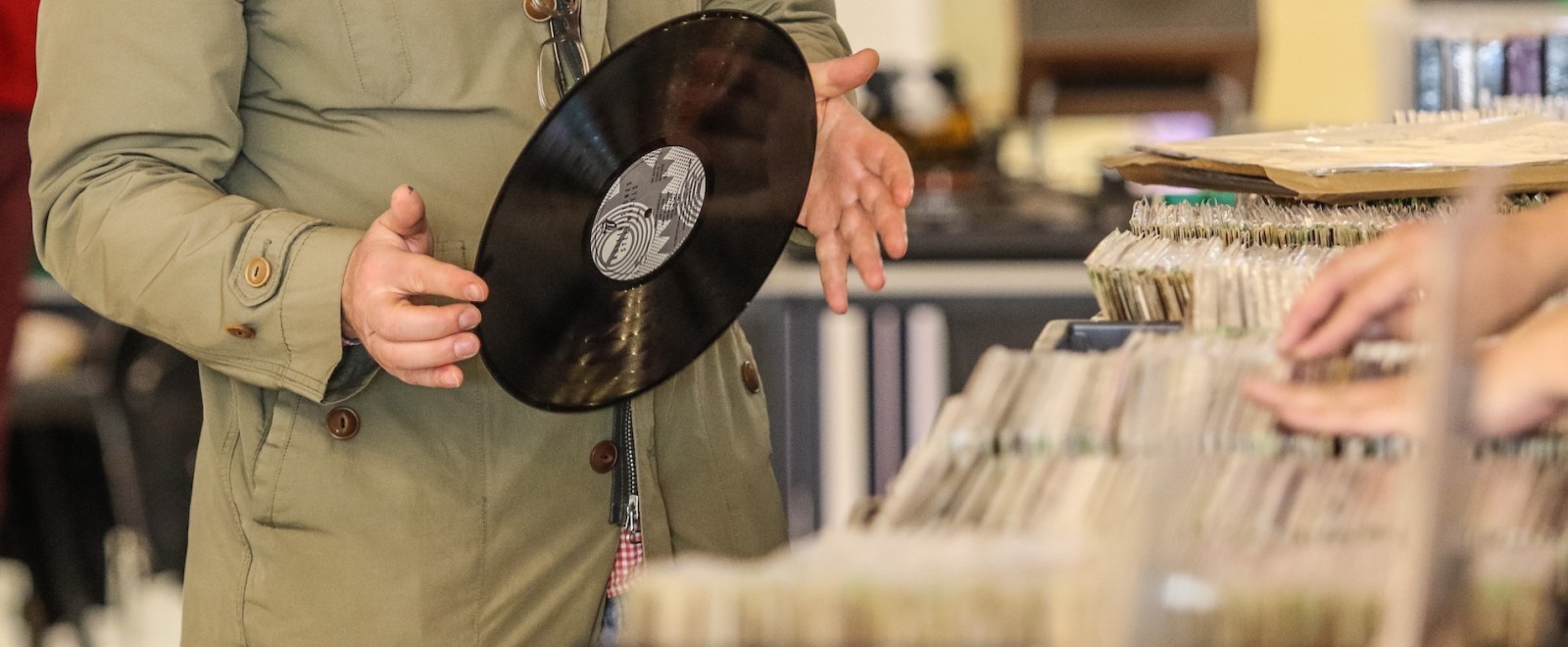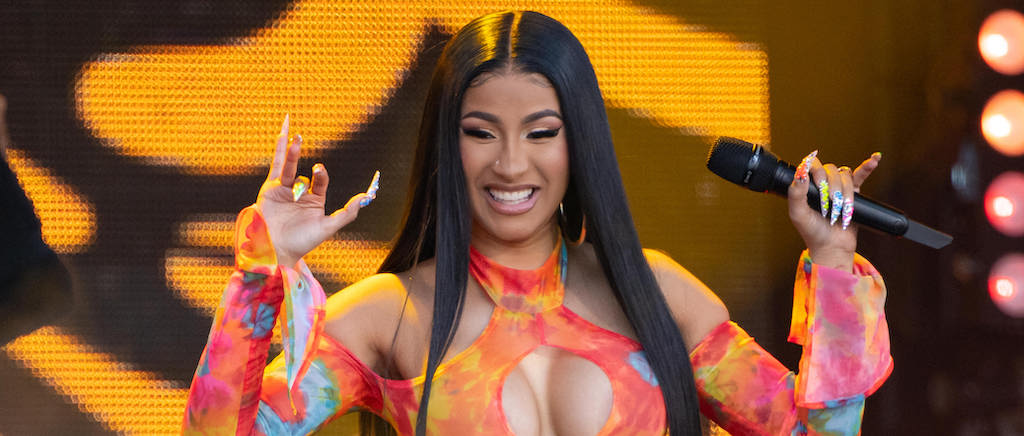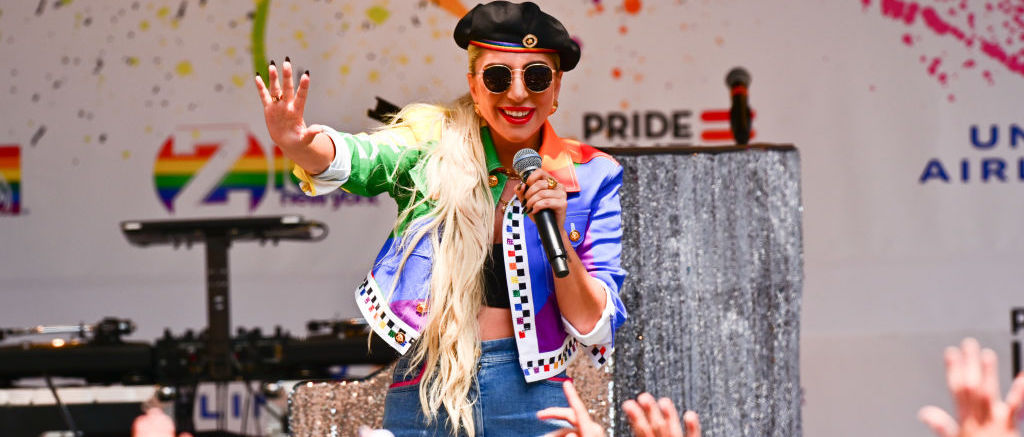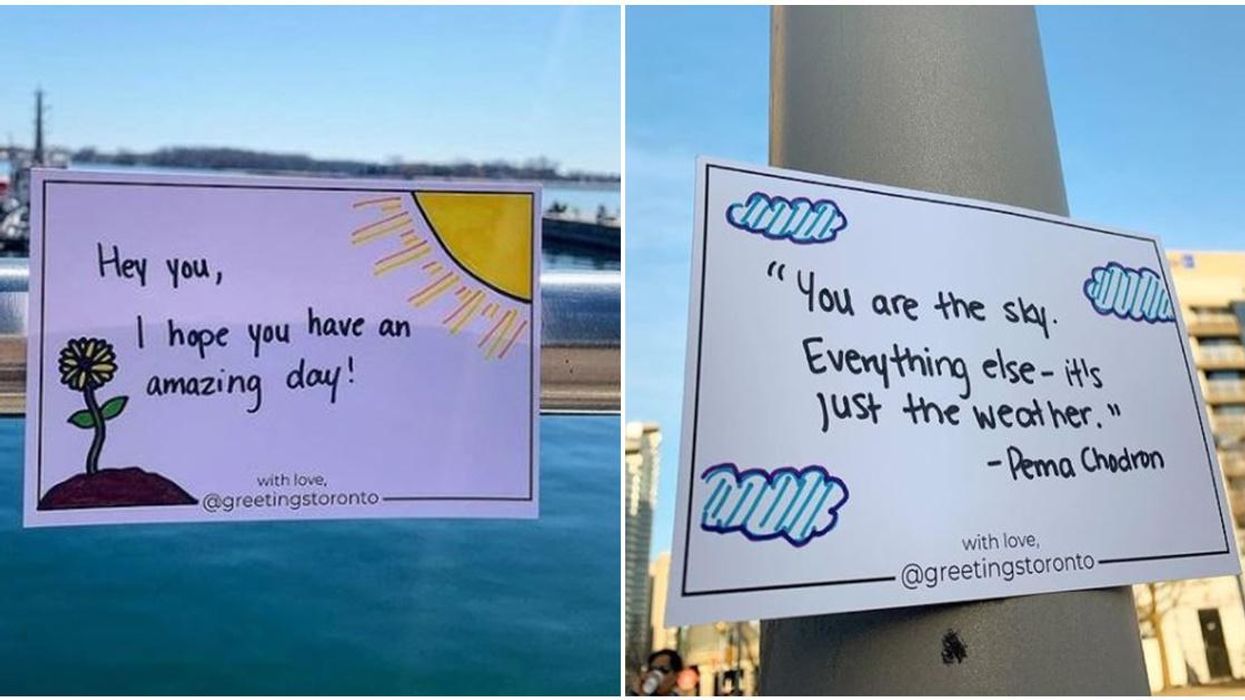Last year, Ray Fisher, who played Cyborg in Justice League, came forward last year with allegations that Joss Whedon and other WB execs had created a toxic work environment (which were subsequently backed up by some other actors who had worked with Whedon). But this week, Fisher gave an in-depth interview to Kim Masters at The Hollywood Reporter and her report creates an even more detailed picture of what actually happened. And oh what a picture it is!
It’s a long piece with a lot to cover, from Fisher’s allegations that Warner’s “investigation” into the matter was mostly an ass-covering effort by execs, to the racial dynamic, to all the different parties fighting for control over the Justice League script, but what seems to stand out most is the sheer absurdity that seems to define the contemporary movie business. It is gloriously absurd.
Case in point: there was apparently controversy over the fact that WB execs wanted Fisher’s character, Cyborg, the sullen robot man, to say “Booyah.” That’s right, “booyah,” the Stuart Scott Sportscenter catchphrase from the late 90s. Oh yes, there were meetings about “booyah.” According to the piece, the notorious BOOYAH DIRECTIVE came from Geoff Johns, Chief Creative Officer of DC from 2010 to 2018, who had tried to get Zack Snyder to put BOOYAH in the movie:
The tension only escalated when the issue of having Cyborg say “booyah” arose. That phrase had become a signature of the character thanks to the animated Teen Titans shows, but the character had never said it in the comics or in the original script. Fisher says that Johns had approached Snyder about including the line, but the director didn’t want any catchphrases. He managed the situation by putting the word on some signs in his version of the film, as an Easter egg. But Johns’ rep says the entire studio believed the booyah line was “a fun moment of synergy.”
“Zack, Zacky baby, Zackster: I’m tellin’ you, Booyah could be big! I’m seeing Booyah mugs, Booyah pajamas, Booyah-themed parties — the entire executive team is Booyah crazy over here!”
Clearly, a big part of the movie business is trying to placate executives without telling them that their pet idea is the dumbest idea in the world, but also keeping them from ruining your project with it. Zack Snyder, it seems, was able to perform this dance. But when Snyder left the project, Joss Whedon stepped aboard, and he turned out to be a much less adept Booyah deflector.
With reshoots underway, Fisher says Whedon raised the issue again: “Geoff tells me Cyborg has a catchphrase,” he told him. Fisher says he expressed his objections and it seemed the matter was dropped — until [Jon] Berg, the co-chairman of DC Films and a producer on the project, took him to dinner.
“This is one of the most expensive movies Warners has ever made,” Berg said, according to Fisher. “What if the CEO of AT&T has a son or daughter, and that son or daughter wants Cyborg to say ‘booyah’ in the movie and we don’t have a take of that? I could lose my job.” Fisher responded that he knew if he filmed the line, it would end up in the movie. And he expressed skepticism that the film’s fate rested on Cyborg saying “booyah.”
That’s right, there was a come-to-Jesus meeting, probably over a fancy dinner paid for by an expense account, over the word “booyah.” And there were probably other, previous meetings about how to set up the best meeting to convince Ray Fisher to say the word “booyah.” A VERY SERIOUS BOOYAH MEETING.
“Listen, Ray, I get it. I don’t like it, you don’t like it, but at the end of the day, I got kids. And if you don’t pronounce all seven syllables of WAAAAZZZZAAAAAAAAA like my boss wants, they might have to go to public school.”
But not so fast, let’s give Berg and Johns a chance to respond.
Berg told Variety it was “categorically untrue that we enabled any unprofessional behavior.” He added that Fisher was upset about saying “booyah,” “a well-known saying of Cyborg in the animated series.”
Cyborg says “booyah!” This is canon! Thus spaketh the book of “Robot Man Vs. Octopus Lady,” written by the prophet Jack Horndorfer in 1954 for 25 cents a word while he was trying to afford his child support.
Meanwhile, Geoff Johns seems to have taken another tack in responding to the criticism.
Johns’ rep denies that he ever dismissed any comments, adding that Fisher knew Johns — whose spokesperson requested that he be identified as Lebanese American — “had evolved traditionally all-white DC properties like Shazam, Justice Society of America and others into diverse groups of heroes” in his extensive work as a comic book author. […]
Johns’ spokesperson says: […] Geoff has personally seen firsthand the painful effects of racial stereotypes concerning hair and other cultural stereotypes, having been married to a Black woman who he was with for a decade and with his second wife, who is Asian American, as well as his son who is mixed race.”
Pour one out for Geoff Johns’ spokesperson today, who probably deserves a purple heart for injuries sustained in the act of trying not to tell his boss that his ideas are bad.
On July 1 — the day that Fisher tweeted about Whedon’s behavior — Deadline published an exclusive saying Warners was making a live-action Frosty the Snowman movie with Aquaman star Jason Momoa “voicing the iconic snowman.” A few weeks later, Momoa pushed back in an Instagram post. “I just think it’s fucked up that people released a fake Frosty announcement without my permission to try to distract from Ray Fisher speaking up about the shitty way we were treated on Justice League reshoots,” he wrote. “Serious stuff went down. It needs to be investigated and people need to be held accountable.” (Warners says the “Untitled Snowman Comedy” remains in development.)
“Untitled Snowman Comedy” remains in development. God I love the movie business. What a Lebanese-American controversy this has been.
(The Hollywood Reporter)












 ︎𝔊𝔯𝔦𝔪𝔢𝔰 (@Grimezsz)
︎𝔊𝔯𝔦𝔪𝔢𝔰 (@Grimezsz) 


